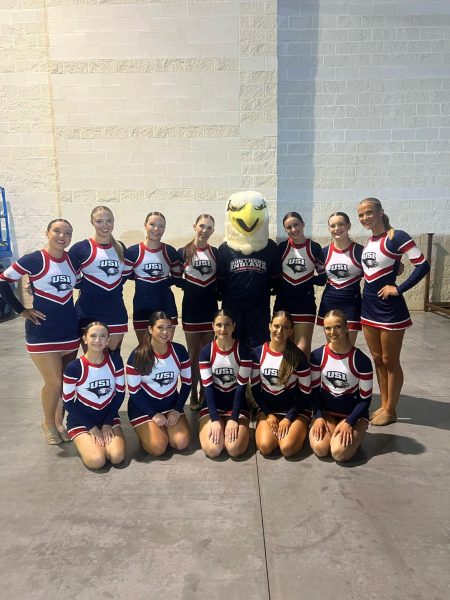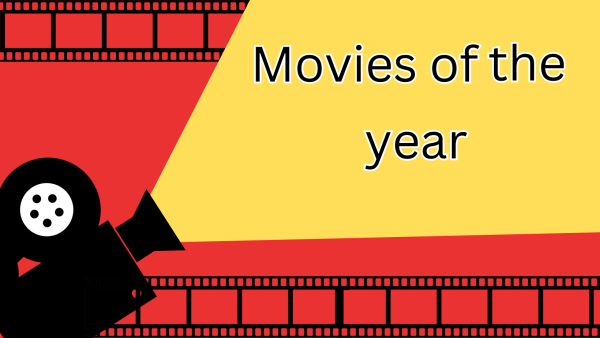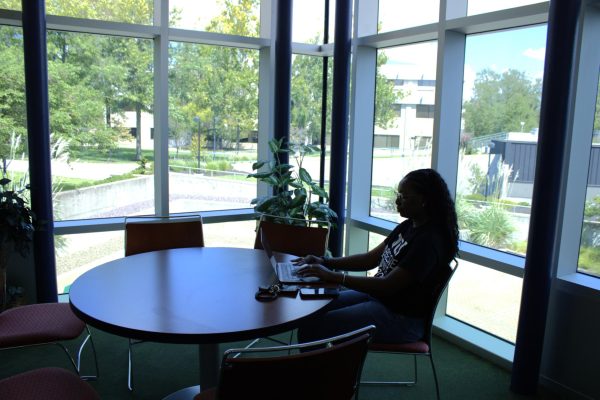Challenges of invisible disabilities
“Well, you look fine.”
Yes, I know that I look fine. When someone looks at me, I know they can’t see anything wrong with me unless it’s a too cold winter day and I have a limp. I know when someone looks at me, they can’t see that I’m constantly in a great deal of pain. I know when someone looks at me, they can’t see the two bone disorders I have.
Just because someone looks fine, doesn’t necessarily mean they are. Hereditary multiple exostoses and multiple epiphyseal dysplasias are two rare bone disorders that most people have never heard of unless they or someone they know has it. However, it makes the simplest things such as walking or writing painful.
People with invisible disorders often don’t talk about them because they’re not taken very seriously. It’s easy to feel guilty for not being able to do things because sometimes, as well as people can mean, they don’t understand that just because someone looks fine, doesn’t mean they are. Dealing with invisible pain is challenging enough as is, and sometimes all we want to do is relax.
There’s also the embarrassment of it. I hate going to the gym because I’m already the slowest one there, and I’m the first one to stop. Or walking with a group of friends and having to stop and sit down every 15 minutes or so just depending on the day. There are days I physically can’t get out of my bed just to go to class. Everyday things that people don’t normally even think of can be the biggest challenge for others.
It’s easy to get frustrated. When someone around you rolls their eyes when you need to sit down, or they say something like, “Well, I don’t see anything wrong with you.” I understand that. We all understand it. Most people tell themselves that they look fine and therefore they should be.
It’s a great mental challenge dealing with pain that no one can really see. Some of us tell ourselves that we’re fine, even though we know we’re not and we know we should take it easy. We tell ourselves that we can’t let this control our lives, especially when no one can see it.
Dealing with disabilities, in general, is one of the most mentally challenging things, but having one that no one really understands can make it even more overwhelming.










